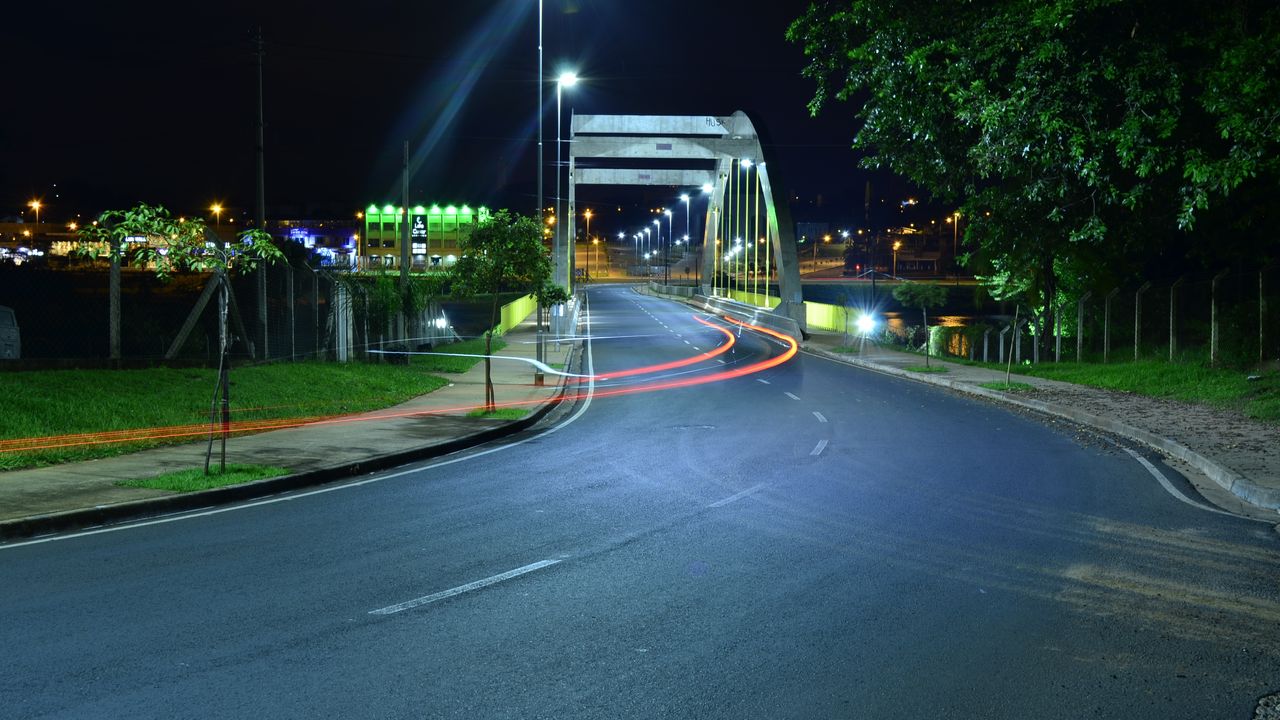Fast Charging vs. Slow Charging for Electric Vehicles
As electric vehicles (EVs) become more popular, one of the key concerns for potential buyers is the charging time. How long will it take to charge an EV? This question often leads to a comparison between fast charging and slow charging. In this article, we will explore the differences between these two charging methods and their impact on the overall EV ownership experience.
What is Fast Charging?
Fast charging, also known as DC fast charging, is a charging method that allows EVs to charge at a much higher power output compared to slow charging. With fast charging, EVs can be charged from 0% to 80% in as little as 30 minutes, depending on the charging station power output and the EV’s battery capacity.
Advantages of Fast Charging
1. Reduced Charging Time
The most significant advantage of fast charging is the reduced charging time. This is particularly beneficial for long-distance travel or when you need to quickly top up your EV’s battery. With fast charging, you can spend less time waiting at charging stations and more time on the road.
2. Convenience
Fast charging stations are becoming more widespread, especially along major highways and in urban areas. This means that you can easily find a fast charging station when you need it, reducing range anxiety and making long trips more feasible.
What is Slow Charging?
Slow charging, also known as Level 1 or Level 2 charging, refers to charging an EV using a standard household outlet or a dedicated EV charging station. Unlike fast charging, slow charging typically takes several hours to fully charge an EV, depending on the battery capacity and the charging power.
Advantages of Slow Charging
1. Cost-Effectiveness
Slow charging is generally more cost-effective compared to fast charging. The cost per kilowatt-hour (kWh) is usually lower for slow charging, making it a more economical option for daily charging needs, especially if you have access to off-peak electricity rates.
2. Battery Health
Slow charging is gentler on the battery compared to fast charging. Rapidly charging an EV battery generates more heat, which can degrade the battery over time. Slow charging helps to minimize heat buildup, thus promoting better battery health and longevity.
Which Charging Method is Right for You?
The choice between fast charging and slow charging depends on your specific needs and circumstances. If you frequently travel long distances or need to quickly charge your EV, fast charging is the way to go. On the other hand, if you have a predictable daily driving routine and can charge your EV overnight, slow charging may be sufficient.
It’s important to note that most EVs come with built-in fast charging capabilities, allowing you to take advantage of both fast and slow charging options. This flexibility ensures that you can adapt your charging strategy based on your requirements.
Conclusion
Fast charging and slow charging each have their own advantages and considerations. Fast charging offers reduced charging times and convenience, while slow charging is more cost-effective and promotes better battery health. Ultimately, the choice between the two depends on your specific needs and circumstances.
As the EV charging infrastructure continues to expand, the availability and accessibility of fast charging stations will increase, making it easier for EV owners to take advantage of fast charging when needed. Regardless of the charging method you choose, the transition to electric vehicles is an important step towards a cleaner and more sustainable future.
